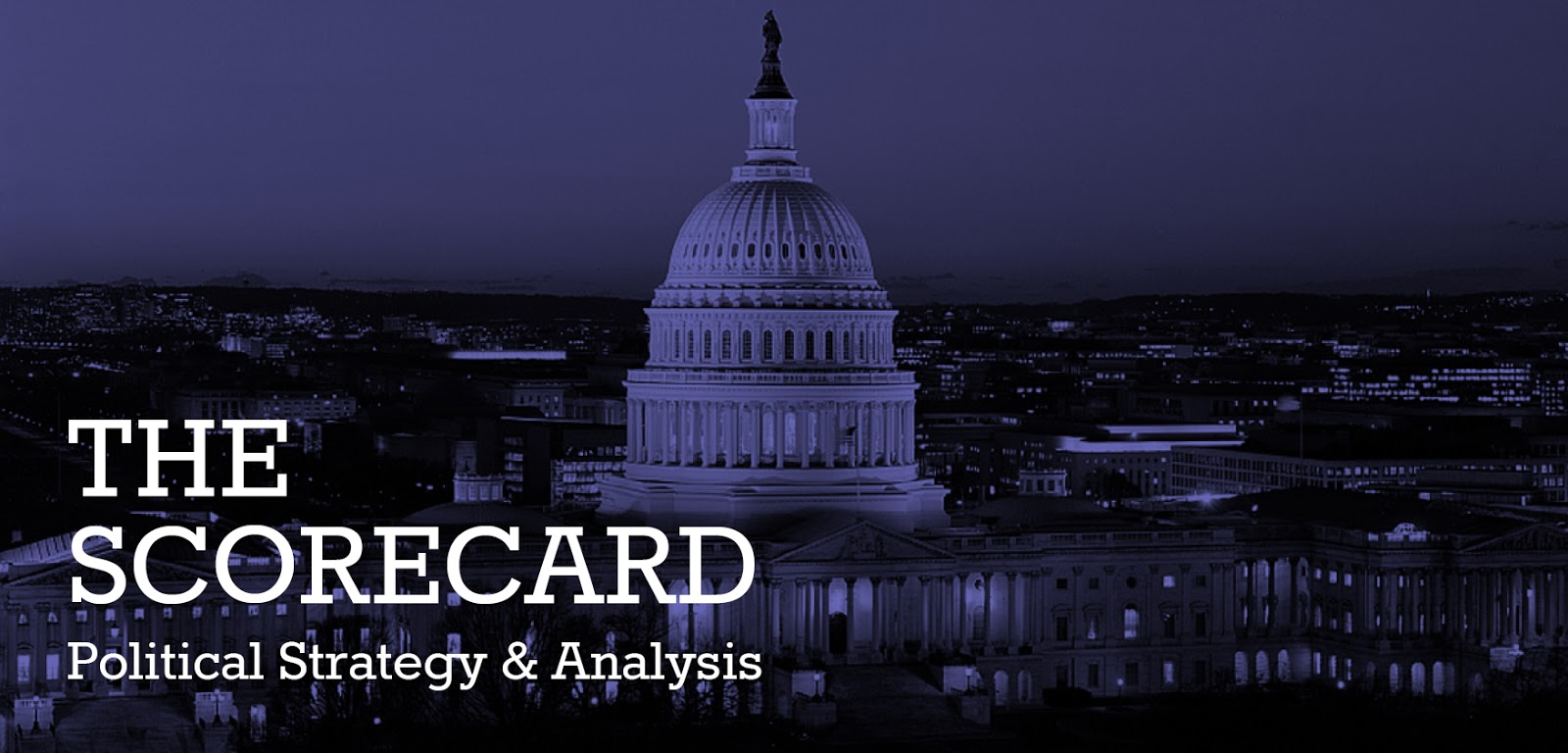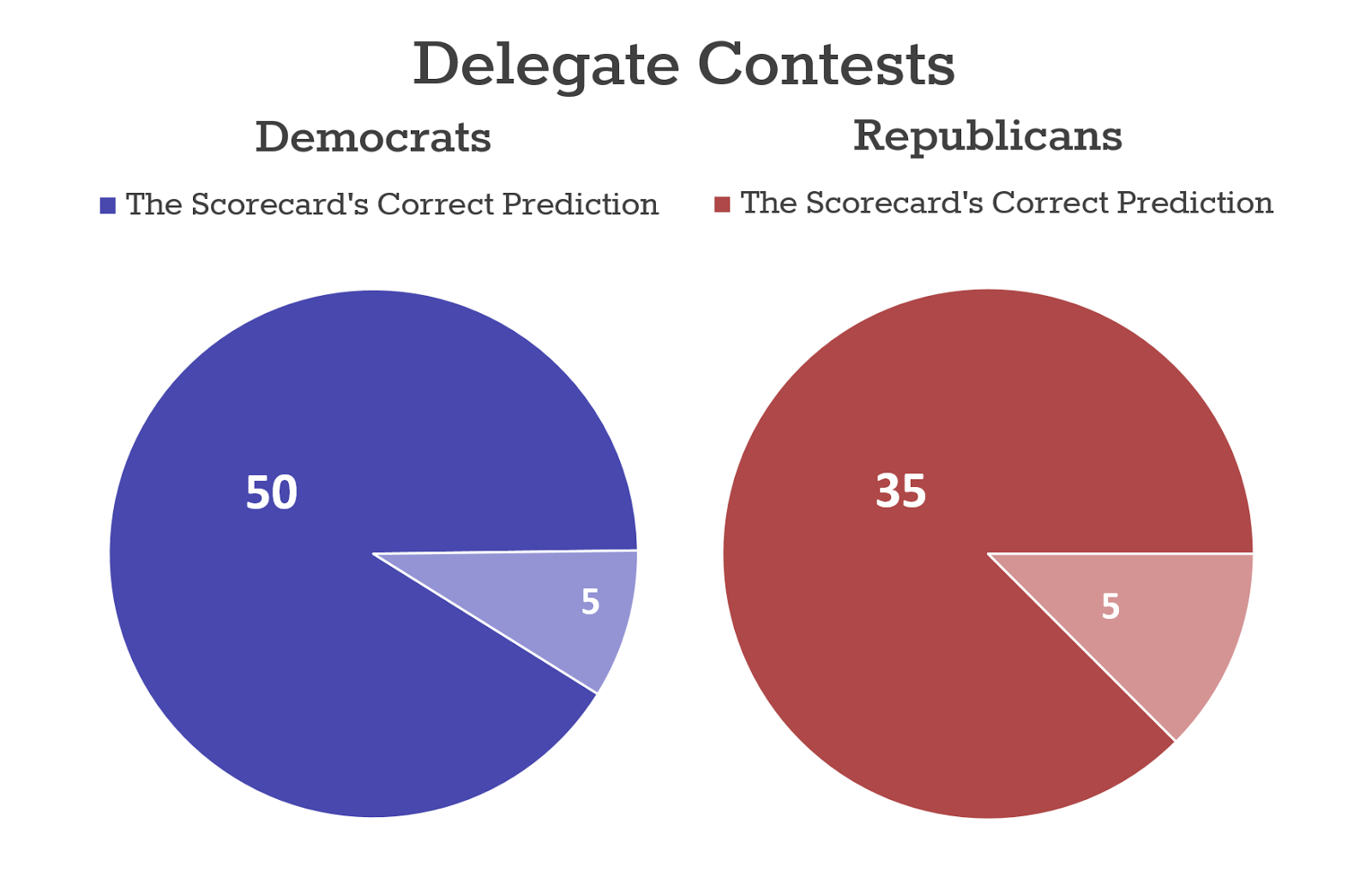So, this week begins the Debates in the Democratic primary process (For those of you in greater Boston, I am hosting a watch party. It will be awesome:
But given that my party is on the 2nd night of the Debates, which will in sum feature 20 candidates, I have been reflecting on the size and nature of the field (remembering that there are another five on the outside looking in, one of whom has already qualified for Round Two). There are so many candidates that the Democratic National Committee (“DNC”) will have to resort to tie-breaks to keep the participants to 20 and even for me, who knows them all, I find that when trying to list them I often come up one shy.
I expect many of you have noticed a great deal of consternation with the size of the field. It is quite overwhelming to many people, and there is a clear, powerful desire for the number to shrink quickly. The DNC’s rules for the September Debate may well do that.
But the question remains why did so many people get into this race? Rather than look at this through the familiar lens of “gee isn’t it surprising so many people want to be President?” let’s reverse things and look instead at what were the previous barriers that kept people out.
The first and most obvious obstacle to launching and remaining in the race is money and recruiting a sufficient number of donors. Looking at the Democratic field in say 1992, before the Internet age, Bill Clinton had a total of 152,085 donors give to his 1992 primary campaign. (In the general election, he took federal matching money, which at the time was considered “enough.”) By contrast, Bernie Sanders had well over a million donors in 2016, and that was in a losing effort. Today’s raw number of available donors, if you include those who have given to any federal Democrat since 2016, has simply exploded. It may well reach 5,000,000. This matters greatly because when it comes to getting the money needed to fund a campaign, there are just more people to ask. And because there are more potential donors to ask, and who will give, it is possible to keep it going for longer. In the old-world campaigns would either run out of money or determine they did not have enough to launch in the first place. Now candidates can believe that if they catch fire with some people then the donors will follow. We have seen surges that justify this belief. Campaigns might well be able to afford to stay in through Iowa and New Hampshire to see if a spark will catch fire. Martin O’Malley who never made a serious dent in support in 2016, still raised almost $ 6,000,000. In contrast, the general election for Governor in Iowa from the leading candidates only cost a bit under $7,000,000. The point is presidential campaigns can now be sustained through Iowa and likely New Hampshire because of the large amount of money available to be raised. Money is not as limiting as it used to be.
But it’s not just easier money that has produced an expanded Democratic field. Another big factor that has clearly risen to the fore might be described as the Obama/Trump factor. Although it’s hard to imagine two men more different from each other, they share one key similarity. Each forced an expansion of our idea about who could serve as President. No longer can we say that previous prerequisites such as large amounts of time in federal elected office or serving as a governor or as a military leader are essential to landing the nation’s top job. Even Senators felt they should cross the hurdle of being re-elected before tossing their hat into the presidential ring. This is true no more, and it is a sea change
Kamala Harris is running for President in her first term as a Senator, as is Cory Booker (he had to win two elections because he won a special election 2013). Even less experience has been gained by Representatives Swalwell and Mouton, and former Representative O’Rourke. All told those running with fewer than 10 years of federal service, or any serious executive experience at the Governor level makes up nearly half the field. The premium on experience seems almost gone. Instead, the premium now comes from high name recognition, which almost requires either running for President or being considered for it. Waiting your turn just takes you out of the conversation and does not appear to have benefits. Now it is true for some candidates, particularly House Members, that they are at risk of giving up their seats. But for most of the rest of field, even a respectable showing puts them better off than they were before (more networks, better name recognition.) A truly embarrassing showing might leave a candidate worse off than before he or she ran, but this seems the rare case. Mostly, a run boosts one’s chances of being a credible candidate next time.
One interesting but unsettled question is whether throwing one’s hat in the ring will also become more essential in the struggle to become the vice-presidential selection. Presidential nominees have often turned to defeated rivals for their VP choice, as Barack Obama did with Joe Biden, John Kerry did with John Edwards and Ronald Reagan did with George Herbert Walker Bush. But often the nominee plucks someone who was not a presidential candidate as the first George Bush did with Dan Quayle, George W Bush did with Dick Cheney, Mitt Romney did with Paul Ryan, Walter Mondale did with Geraldine Ferraro and Hillary Clinton did with Tim Kaine.
Removal of the constraint that financial resources placed on competing in the early states and collapse of the high experience threshold once considered vital have unsurprisingly led to a much larger group of potentially viable candidates (anyone who has raised $2,000,000 for themselves in the past or has something of an idea can run). As those who care about the future of the Party, we might wish the system presented a different set of incentives. But the incentives that currently exist are those now driving the decisions of so many candidates to join and remain in the hunt. Some candidates may well be compelled to drop out by September, if they can’t satisfy the more stringent criteria the DNC has announced for the third round of debates. For now, however, we can see why we have as many candidates as we have, and we’ll just have to wait a bit until stark political reality begins to force some candidates to the sidelines.



